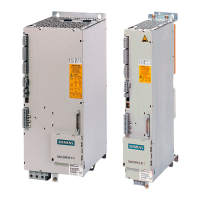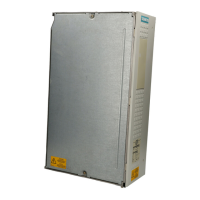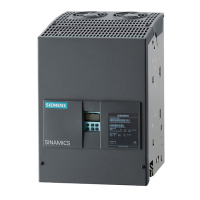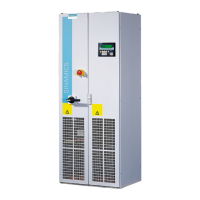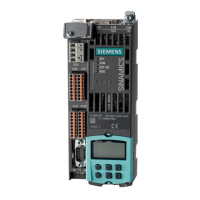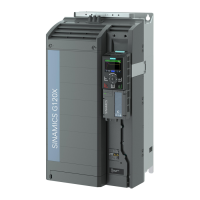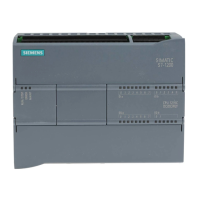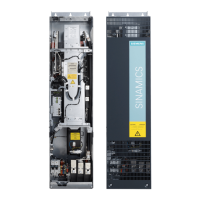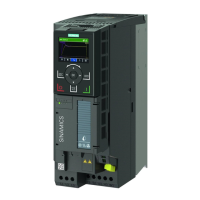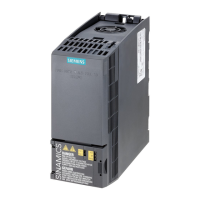3
05.01
3.5 Overview, position sensing
3-69
Siemens AG 2001 All rights reserved
SIMODRIVE 611 Planning Guide (PJU) – 05.01 Edition
Table 3-4 Direct position sensing, analog controls
Control
board
version
Direct position sensing, analog controls
M: Max. possible
measuring steps
G: Encoder system
accuracy
Z: Pulse number
Resolver
control
with
standard
interface
Numerical
control
SIMODRIVE
drive
module
(analog)
Positioning with NC
n*
Resolver
Linear
measuring
system
l 50 m
1FK6
M and G are
dependent on the
accuracy of the
optional encoder
system and the
evaluation technique
in the NC
Feed
control
with
standard
and user–
friendly
interface
Tach. and RPS
Numerical
control
SIMODRIVE
drive
module
(analog)
Positioning with NC
n*
1FT5
Linear
measuring
system
l 50 m
M and G are
dependent on the
accuracy of the
optional encoder
system and the
evaluation technique
in the NC
Main
spindle
control
with
analog
setpoint
inter–
face
Numerical
control
SIMODRIVE
drive
module
(analog)
Spindle positioning with drive
!Positioning command!
n*
1PH4/6/7
Incremental
BERO
l 50 m
X432
M = 2048 ⋅ Z
per 360 degrees
mech.
Z = 2048
G
Motor
encoder
=
" 0.006 degrees
G
BERO
=
1)
Main
spindle
control
with
analog
setpoint
inter–
face
and
input
spindle–
encoder
Spindle positioning with drive
Numerical
control
SIMODRIVE
drive
module
(analog)
!Positioning command!
n*
1PH4/6/7
Spindle encoder
l 50 m
M = Z ⋅ 4
per 360 degrees
mech.
G is dependent on
the accuracy of the
optional encoder
system.
1) The absolute accuracy when synchronizing with a BERO is a function of:
– the BERO switching time
– BERO hysteresis
– signal edge gradient of the BERO signal (dependent on the direction of rotation!) and the switching thresholds
in the drive; high >13 V, low < 5 V
– the search speed or the signal run times in the evaluation electronics
2) Distance–coded reference marks can be evaluated
3 Motor Selection, Position/Speed Sensing
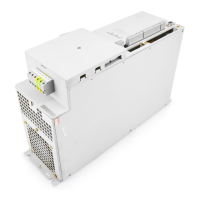
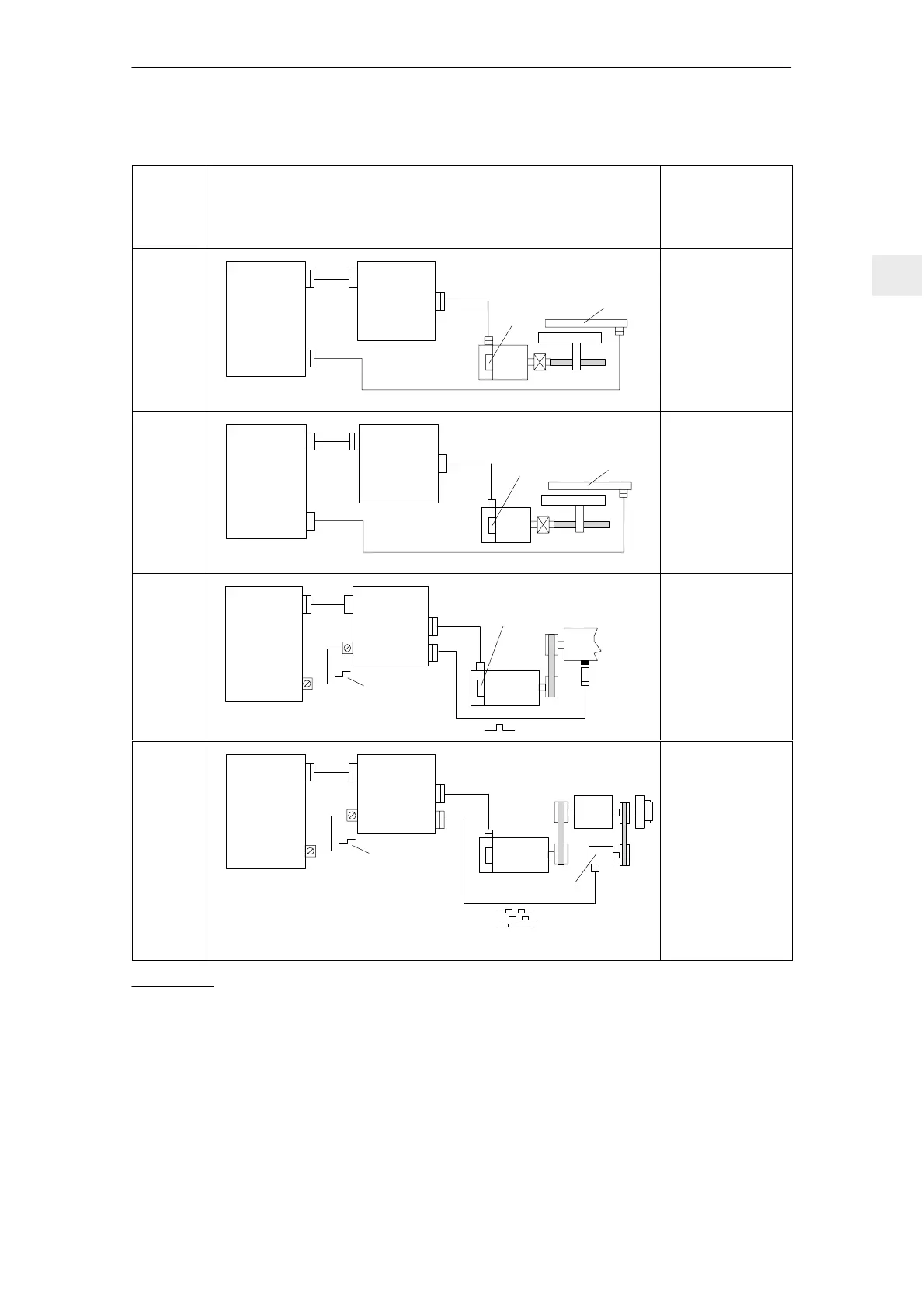